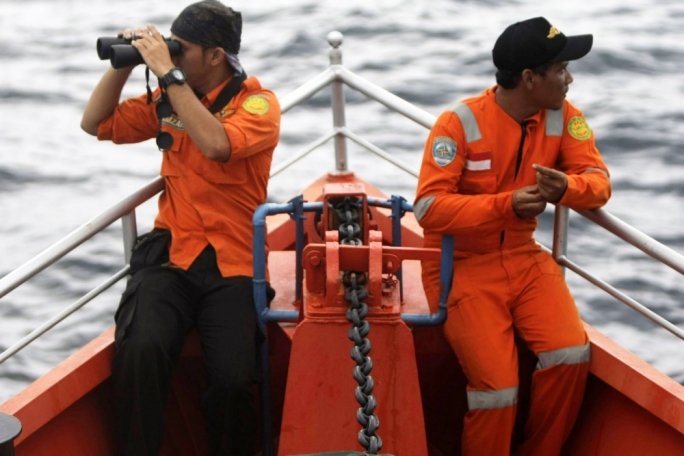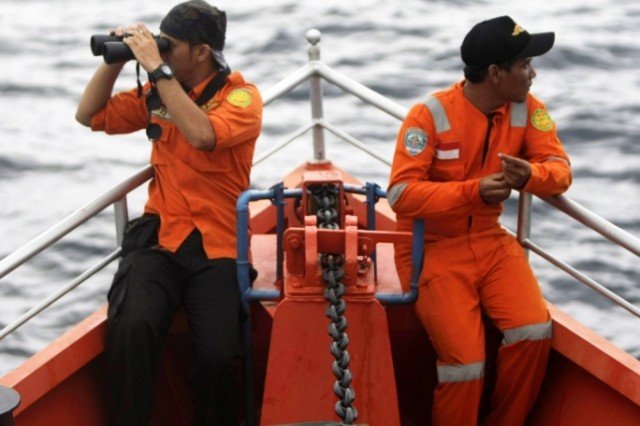
Malaysia Airlines Flight MH370 disappeared en route from Kuala Lumpur to Beijing one month ago.
For 30 days, search and rescue teams have patrolled areas of the southern Indian ocean, thousands of miles apart.
Planes, ships and submarines have all been deployed.
China, Australia, Malaysia, the US, the UK New Zealand, Japan and South Korea have all contributed to the search.
The question is: How much is it costing, and who pays?
Malaysia has refused to be drawn. Acting Transport Minister Hishamuddin Hussein told reporters that the cost of mounting the search was “immaterial” when set against the need to bring solace to the families of the missing.
Mounting a search operation on this scale, and for this length of time, does not come cheap.

The bill so far probably runs to $33-42 million, estimates Peter Roberts, senior research fellow in sea power and maritime studies at the Royal United Services Institute (RUSI).
This includes the cost of fuel, spare parts, and transporting supplies, as well as the relocation of staff – even costs such as cancelled leave can push up the final bill.
Most of the financial burden will be borne by the countries who have contributed their forces.
For example, Australia deployed a navy replenishment vessel, HMAS Success, two weeks ago. It costs AU$550,000 a day to operate, says the Department of Defense, so that comes to AU$7.7 million ($7.2 million) already.
And that is just a single ship. HMAS Toowoomba, which has also been involved, costs AU$380,000.
The US Department of Defense set aside $4 million to help the search: between March 8 and 24, it spent $3.2 million, a spokesman told reporters in Washington.
In the end, the cost of sending HMS Echo to the waters off Australia will be met from Treasury contingency funds, says Peter Roberts. Governments will take the costs within their budget “and accept they have to do it”.
The ship will stay there as long as it has a role to play, he says: “Mariners have got a very strong sense of brotherhood: saving life at sea is the right thing to do.”
Once the search is completed, attention is likely to turn to improving the tracking technology.
“It is hard for anyone to imagine that we can’t continuously track aircraft anywhere in the world,” says Peter Roberts.
There, the most expensive part of the process will not be the development or fitting of any technology, but the cost of getting it accepted and standardized by aviation regulators around the world.
The most expensive salvage operation in aviation history came after an Air France flight from Rio de Janeiro to Paris crashed in the Atlantic in 2009.
After multiple searches over three years, the final bill came to 32 million euros ($44 million).
[youtube vh-2k41mrQw 650]